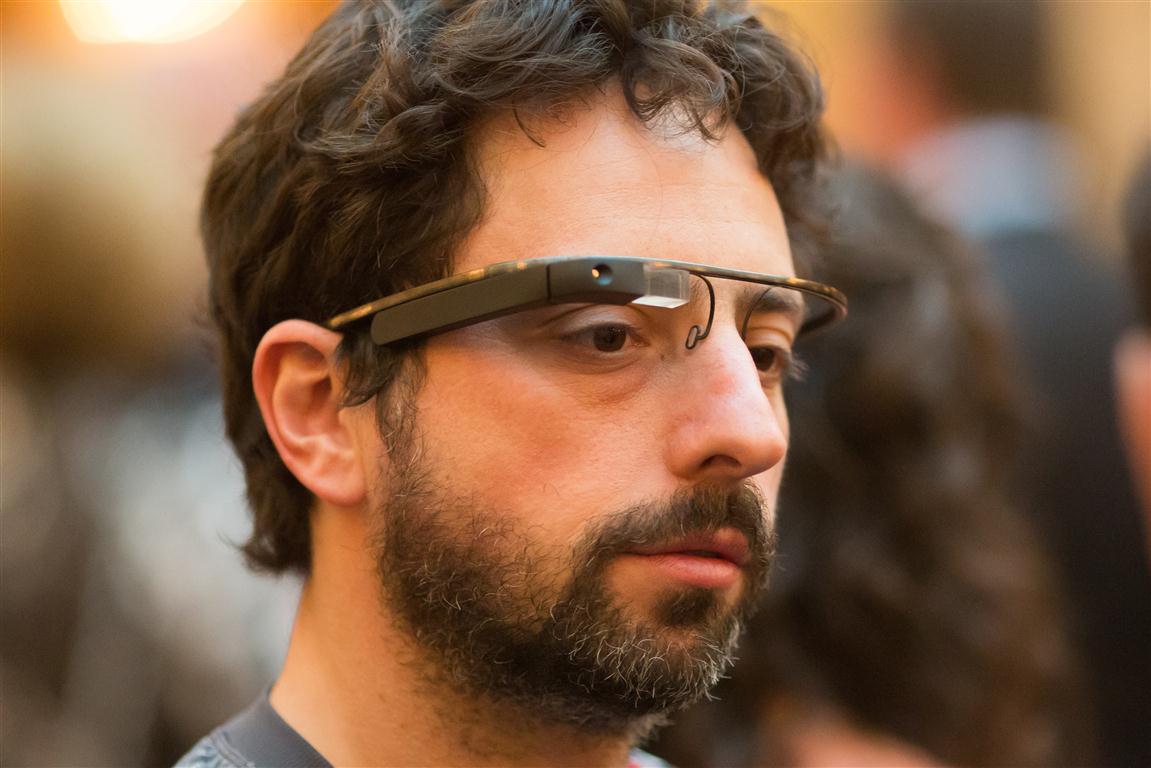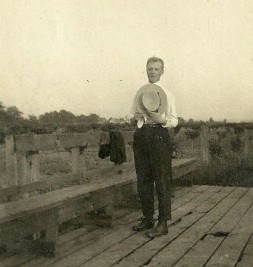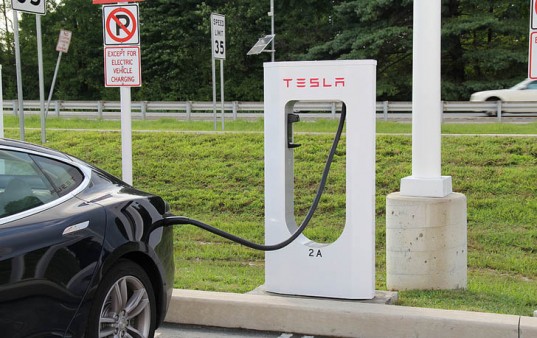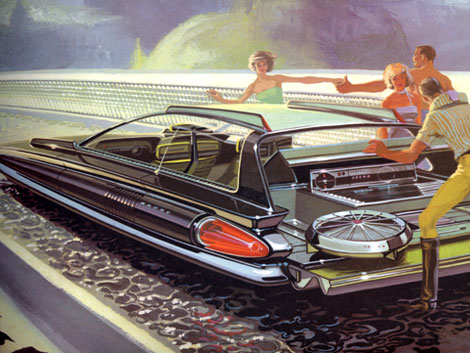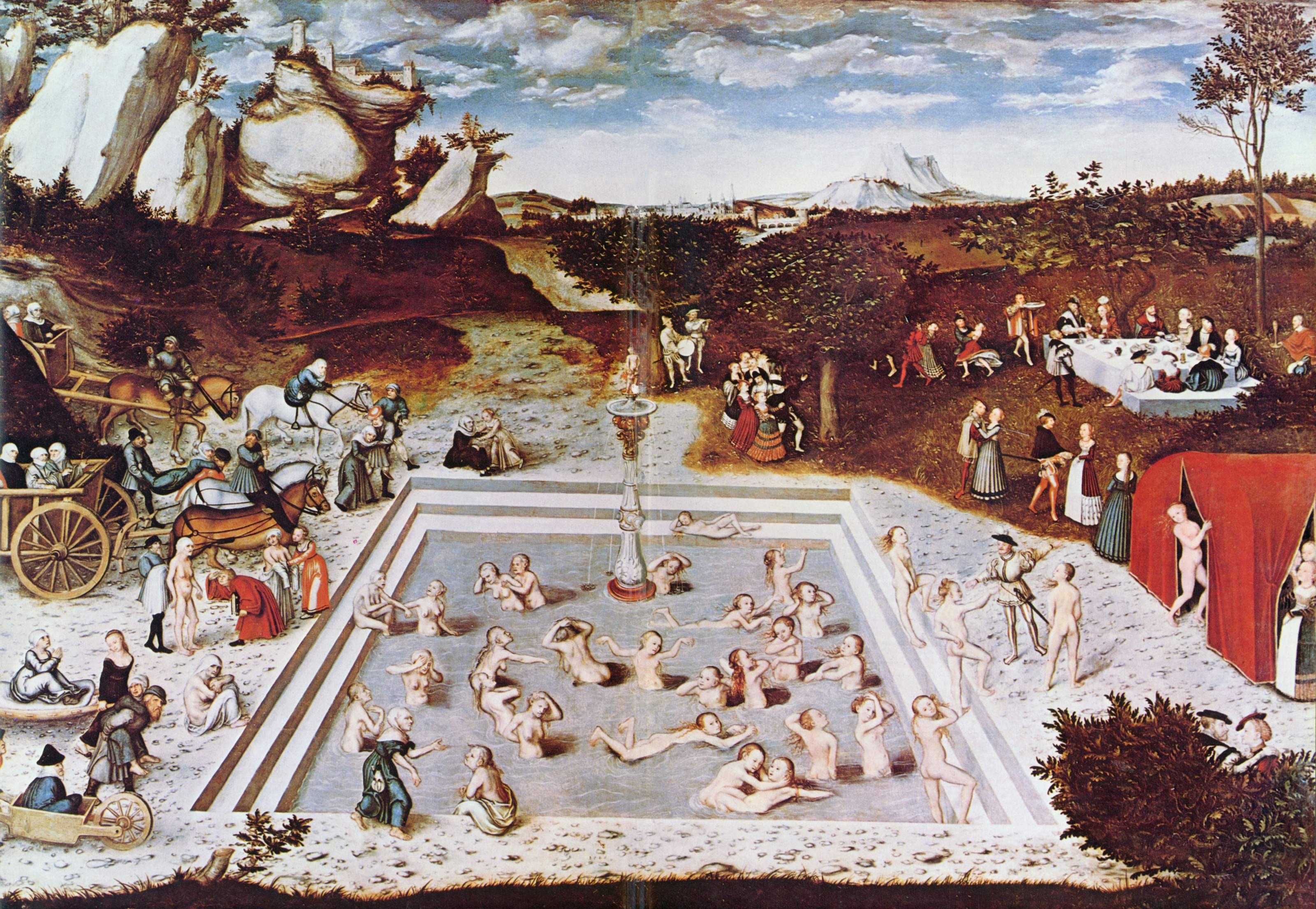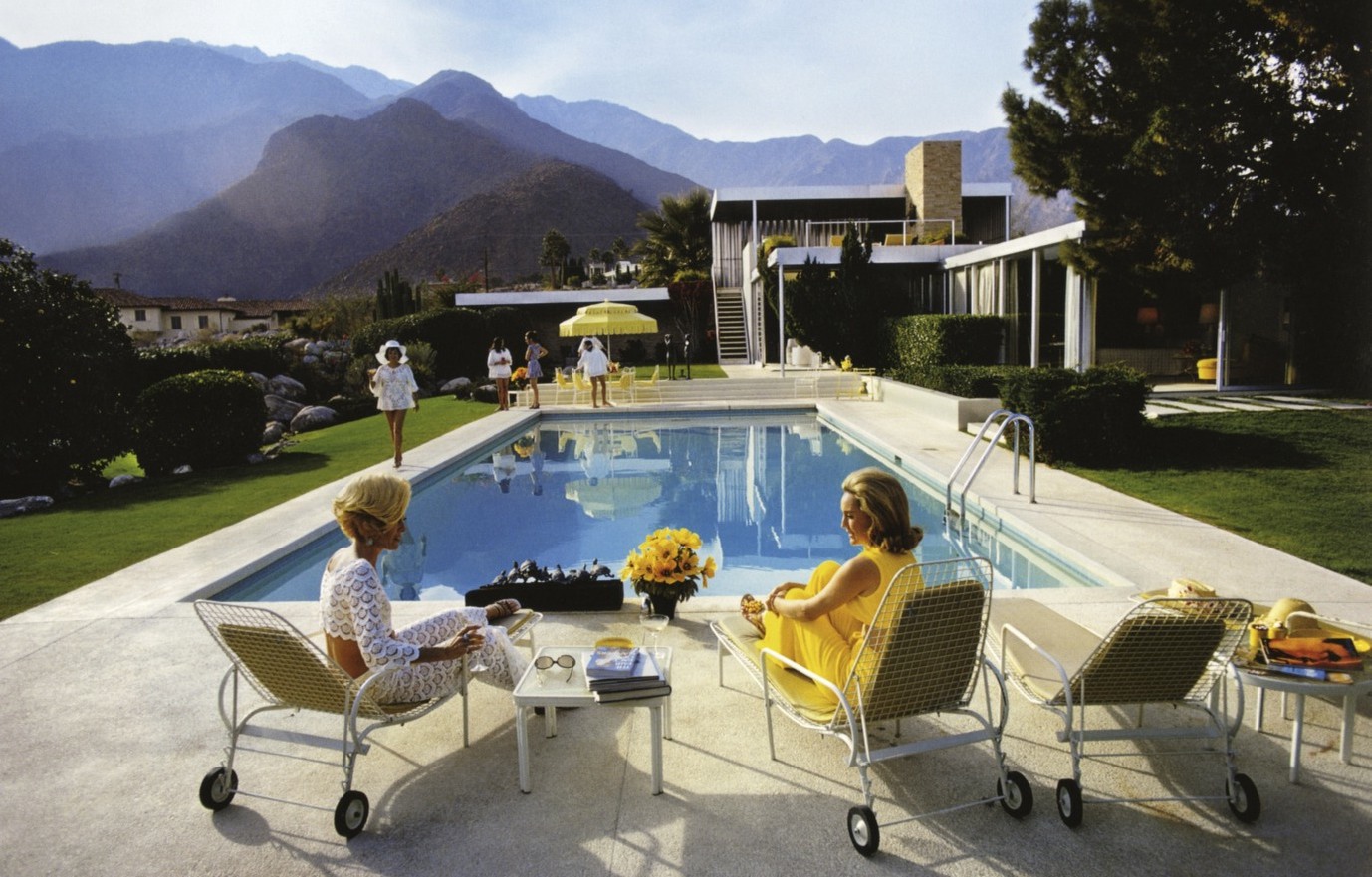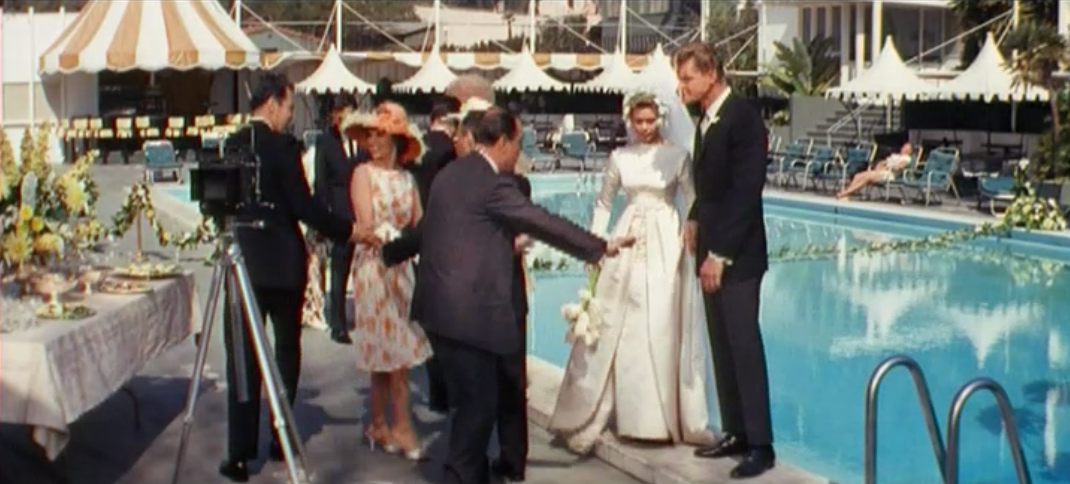From Mattathias Schwartz’s largely negative Technology Review critique of Nicholas Carr’s latest book, The Glass Cage, which focuses on the dark side of automation, some smart commentary about the real nature of Facebook:
“Carr spends most of The Glass Cage treating automation as though it were a problem of unenlightened personal choices—suggesting that we should often opt out of technologies like GPS in favor of manual alternatives. Yet the decision to adopt many other innovations is not always so voluntary. There is often something seductive and even coercive about them. Consider a technology that Carr himself discusses: Facebook, which seeks to automate the management of human relationships. Once the majority has accepted the site’s addictive design and slight utility, it gets harder for any one individual to opt out. (Though Facebook may not look like an example of automation, it is indeed work in disguise. The workers—or ‘users’—are not paid a wage and the product, personal data, is not sold in a visible or public market, but it does have a residual echo of the machine room. Personal expression and relationships constitute the raw material; the continuously updated feed is the production line.)
Carr flirts with real anger in The Glass Cage, but he doesn’t go far enough in exploring more constructive pushback to automation. The resistance he endorses is the docile, individualized resistance of the consumer—a photographer who shoots on film, an architect who brainstorms on paper. These are small, personal choices with few broader consequences. The frustrations that Carr diagnoses—the longing for an older world, or a different world, or technologies that embody more humanistic and less exploitative intentions—are widespread. For these alternatives to appear feasible, someone must do the hard work of imagining what they would look like.”


